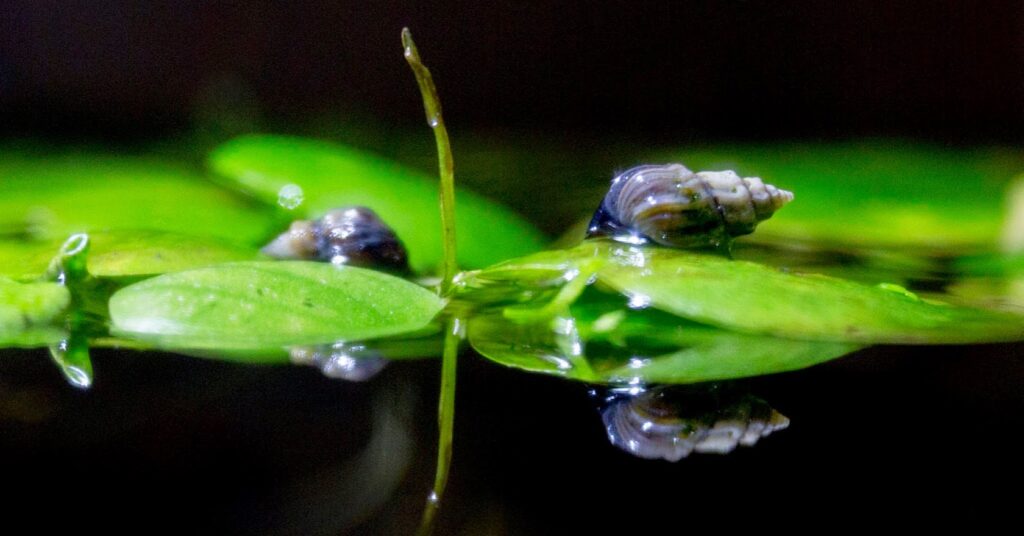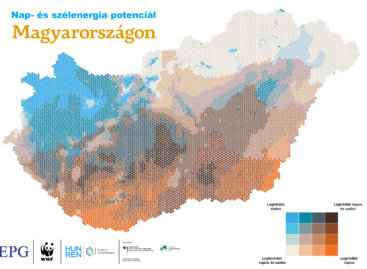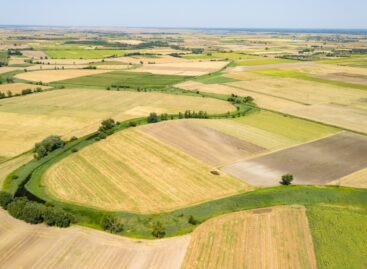Extinction next door – The destruction of fauna and flora is present in every country
Climate change, pollution, habitat loss: all these factors contribute to the extinction of animal and plant species, which in turn can result in people’s habitats becoming increasingly worse. It is not only exotic animals in distant countries that are threatened with extinction, but change has also begun in the immediate vicinity of where we live – at least half a million species worldwide are in such danger that they could disappear from the face of the Earth forever.

According to recent surveys, 65% of species of Community importance in Hungary – those animal and plant species whose conservation is particularly important for the European Union because they are endangered, vulnerable, rare or only characteristic of a given region – are in an unfavourable or bad state. The viviparous lizard, the Caspian gecko, the marsh vole, the Hungarian grasshopper mouse or the southern aardvark are just a few examples of species whose entire domestic population is threatened with extinction in the near future. It is difficult to get a complete picture of species extinction: in our story, created with Vizzu’s data visualization, we show the scale of the risk of extinction of individual species and the change in the evaluation of species. After all, although we do not yet know most of the living things on Earth, they may already be in danger. Our data visualization was created based on research from the International Union for Conservation of Nature (IUCN) Red List, which emphasizes that the plant world is most threatened by extinction; angiosperms lead the way, followed by fish, insects, birds and reptiles. The most endangered vertebrates are amphibians, followed by mammals and reptiles. The drastic change and transformation of our flora and fauna may mean that the decline in biodiversity is likely to be faster and larger than we think.
What we know for sure and what we know now: thanks to human influence, we already count among the extinct species a species of water snail that lived in a lake near Oradea, just a stone’s throw from the Hungarian border, until 2014. The ribbed snail lived exclusively in Lake Pece in Püspökfürdő near Oradea, which was fed by a warm spring, so the water was lukewarm all year round. The species developed here locally, and its natural distribution area in the whole world was only this small lake.
The ribbed snail occurred in large numbers in the lake until the end of the last century, but after that the number of individuals showed a significant decrease, the main reason for which was the disturbance of the habitat and the increasing pollution. At the same time, the lake’s water level began to drop as more and more holiday homes, hotels and spas were built in the area, many of which used hot water extracted from the subsurface layer for heating and filling their pools. These water withdrawals occurred partly with the knowledge and consent of the authorities, partly illegally. The dying of the lake also determined the fate of the species living in it. Although researchers “rescued” several specimens of the fish and snails living in the lake before it dried up, with the aim of breeding them in captivity and then releasing them back once the habitat was in good condition again. However, the researchers’ efforts were unsuccessful in the case of the ribbed sandpiper, as breeding in captivity failed and they were unable to save the species from extinction.
Related news
Milestone in domestic energy policy: new package of recommendations supports sustainable solar and wind power plant developments
🎧 Hallgasd a cikket: Lejátszás Szünet Folytatás Leállítás Nyelv: Auto…
Read more >Water table: water retention solutions in collaboration with nature
🎧 Hallgasd a cikket: Lejátszás Szünet Folytatás Leállítás Nyelv: Auto…
Read more >Lidl to launch ‘Live Well’ logo linking health and sustainability
🎧 Hallgasd a cikket: Lejátszás Szünet Folytatás Leállítás Nyelv: Auto…
Read more >Related news
Challenges of the retail sector: retail has become more crisis-resistant
🎧 Hallgasd a cikket: Lejátszás Szünet Folytatás Leállítás Nyelv: Auto…
Read more >How to avoid the hassles of online shopping?
🎧 Hallgasd a cikket: Lejátszás Szünet Folytatás Leállítás Nyelv: Auto…
Read more >It’s time for company Christmas parties: a waste of money or a good party?
🎧 Hallgasd a cikket: Lejátszás Szünet Folytatás Leállítás Nyelv: Auto…
Read more >






